
Across the U.S., bills are piling up faster than paychecks can catch up. Financial quicksand is pulling in everyone from first-time renters to long-time savers. But what’s behind this squeeze? We break it down one by one.
Credit Card Debt Hits Record Highs
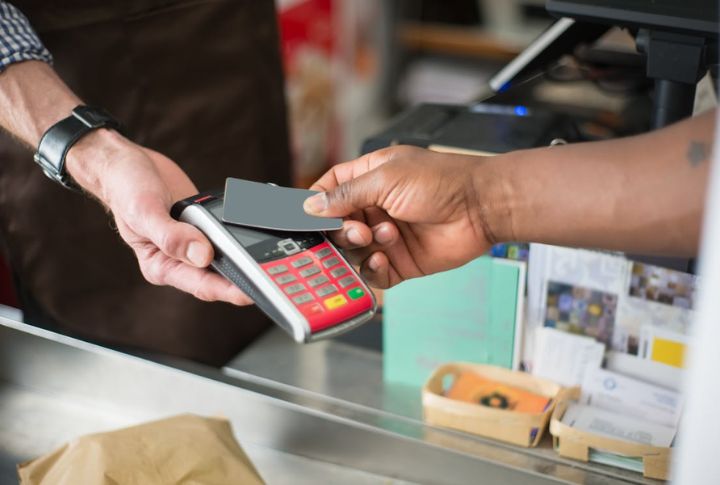
Credit card balances have reached a shockingly high number of $1.182 trillion in 2025. So, you’re not alone if you’re struggling to pay off interest. Approximately 45% of American cardholders carry a balance month-to-month, according to 2025 Consumer Financial Protection Bureau data.
Student Loans Weigh Heavily

Student loan debt in the U.S. reached $1.7 trillion in 2025, according to NerdWallet and EducationData.org. The rising total highlights the growing financial pressure on borrowers—especially after federal student loan payments resumed in October 2023, adding strain to many Americans’ budgets.
Medical Debt

Over 100 million U.S. adults are tangled in medical bills, and you might be one of them if you’ve visited an Emergency Room lately. A shocking 44% owe more than $2,500. Even with insurance, high deductibles and surprise fees can drain whatever savings people have.
Auto Loan Delinquencies Surge

Revving up into crisis mode, auto loan delinquencies jumped in 2025. With new car prices averaging $48,000 and interest rates topping 7.9%, your car payment is now likely to exceed $750 a month. That’s a significant deduction from your pocket each month.
Wages Lag Behind Living Costs

While wages grew 3.9% in 2025, outpacing 2.3% inflation per the BLS, rising costs for essentials like groceries and rent still strain household budgets. Despite wage growth, inflation remains a challenge for many, further squeezing finances for consumers.
Healthcare Costs Are Out Of Control
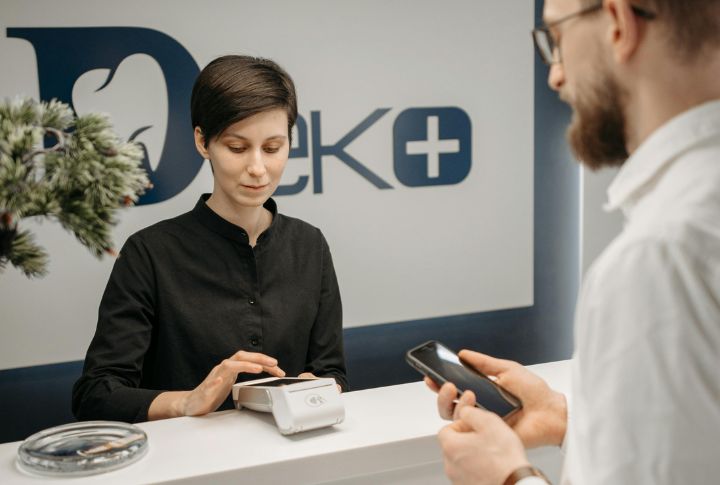
Navigating healthcare? It’s like walking through a financial minefield. Insurance also does not cover hidden expenses or on-the-spot costs. The Journal of the American Medical Association says approximately 1 in 5 insured adults forgo treatment due to cost.
Housing Is Becoming Unattainable
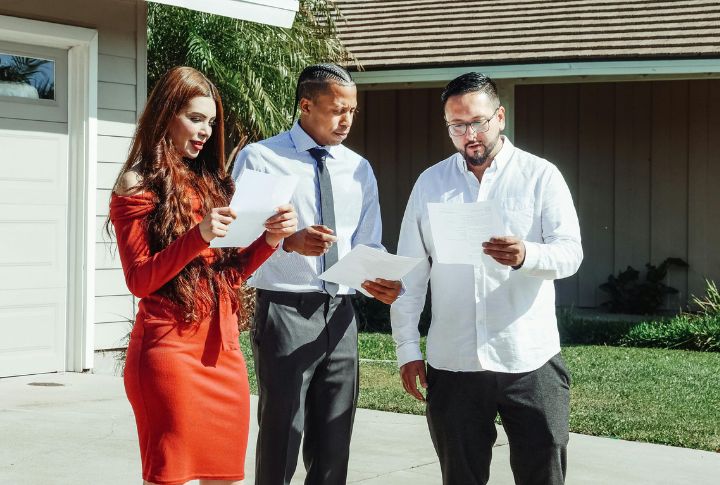
Homeownership is slipping further out of reach as prices have skyrocketed in the last five years. High mortgage rates now block most first-time buyers, and many young adults no longer dream of owning a house. But with rising prices, renting doesn’t offer relief either.
Fast Food No Longer Budget-Friendly

There was a time when fast food was a fan favorite of those living on a budget. Unfortunately, that has changed, with food prices stubbornly increasing since the pandemic. Fast food isn’t “fast” or “cheap” anymore. In fact, it has become a luxury.
Childcare Rivals College Tuition

If you plan on having kids, you’ll likely need a second job or a small fortune. Childcare costs now average over $1,000 per month, outpacing tuition at many in-state colleges. Child Care Aware of America (an NGO) says that some families pay more for daycare than their rent.
Rising Utility And Transportation Costs

Brace yourself every time the bill arrives. Since 2022, utility costs have jumped 13% and natural gas prices doubled in some states. Car ownership isn’t any cheaper, and even ride-sharing apps—once budget saviors—now come with surge-priced regret.
Living Paycheck To Paycheck

In 2025, estimates suggest 60–78% of Americans live paycheck to paycheck, with PR Newswire reporting 77%, though Bankrate cites lower figures. This widespread trend highlights the challenges many face in achieving financial stability.
Emergency Savings Nearly Gone
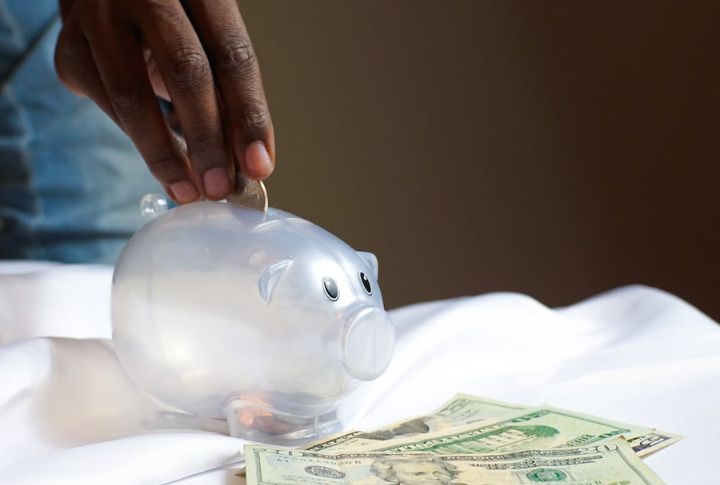
According to the Federal Reserve’s Economic Well-Being report, 63% of Americans could cover a $400 emergency expense in 2024. Projections for 2025 suggest this figure may decline to 59%, highlighting a concerning trend of reduced financial preparedness for unexpected expenses.
Entertainment Is Now A Luxury

Remember when $10 bought a movie ticket, popcorn, and a soda? Now, those same theaters charge premium rates, so even a weekend outing feels like a splurge. Many families are also canceling subscriptions to streaming services due to higher prices.
Inflation Still Undermines Stability

Sure, inflation isn’t exploding like it did in 2022, but essentials still cost more than they should. Your grocery and rent costs are higher, but your paycheck doesn’t stretch as far. It has become a constant juggling act between wants and unavoidable expenses.
Market Volatility And Job Insecurity

From stock market swings to federal budget battles, a range of challenges has shaken American workers’ confidence. Many now fear layoffs and reduced hours more than before. When uncertainty becomes the norm, it often drives people to make poor financial decisions.
Buy Now, Panic Later
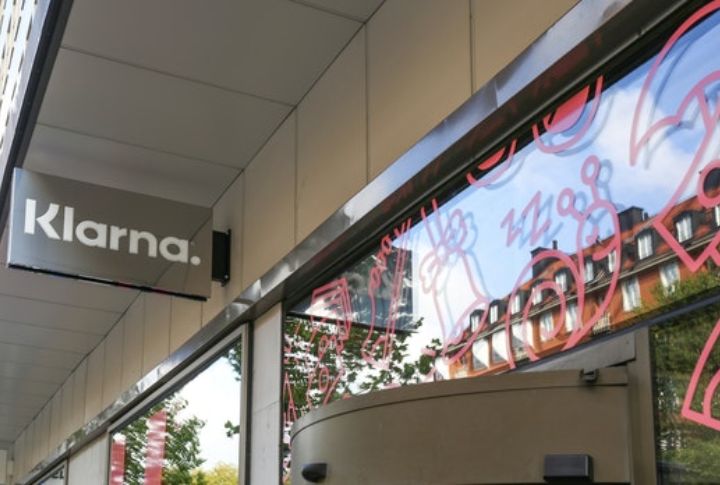
BNPL services like Affirm and Klarna were intended to make life easier, but they’ve had the opposite effect. Juggling multiple mini-loans with staggered due dates feels like playing a game of financial whack-a-mole, with users frequently missing payments.
Insurance Premiums Are Crushing Households

Skyrocketing insurance costs are hitting from all sides. Home and auto premiums spiked over 30% in several states due to disasters and inflation. Health insurance deductibles are climbing. And the result? More and more Americans are skipping coverage entirely, inviting risks.
Retirement Savings Are Slipping Away
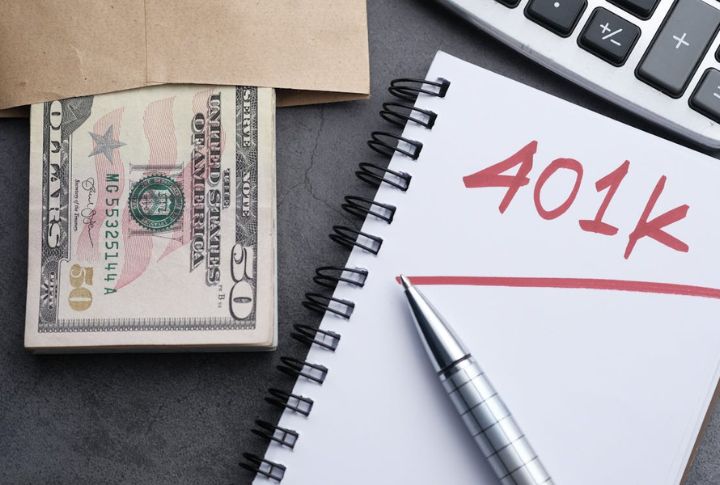
Long-term planning is no longer feasible for many American workers, as there is barely enough money left over after covering all essential monthly expenditures. Market instability and inflation have chipped away at nest eggs, which in turn has delayed retirement.
The Middle Class Feels The Pinch
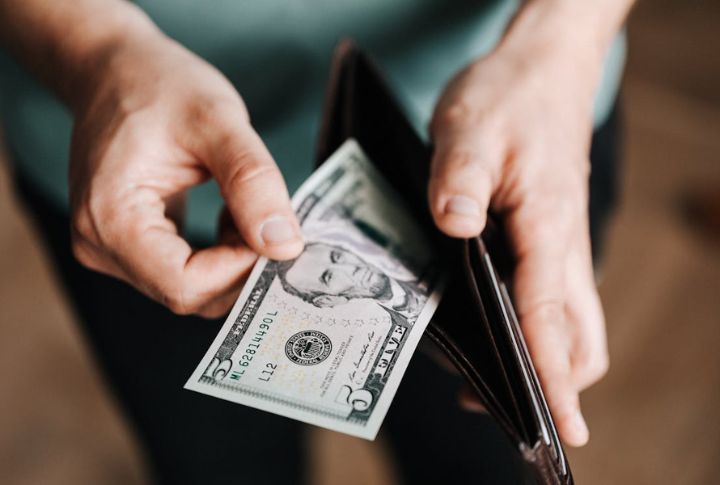
Back in 1971, 61% of Americans belonged to the middle class. By 2025, it’s just 50%, according to Pew Research Centre. Wages stagnate while costs rise on everything from homes to food to healthcare. Economic mobility has slowed down drastically.
The Wealth Gap Is Wider Than Ever

As per Federal Reserve data, the wealthiest 1% hold 31% of U.S. wealth, while the bottom half owns approximately 2.6%. This unhealthy concentration of wealth is very concerning and unfair for most. It’s not just about money but the distribution of power and opportunity.
